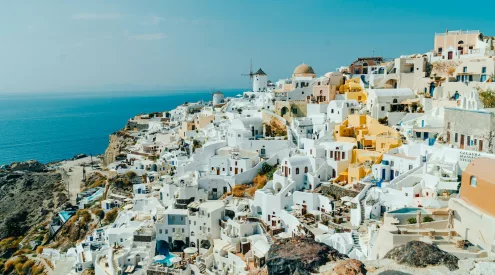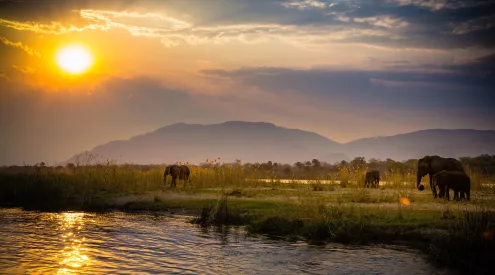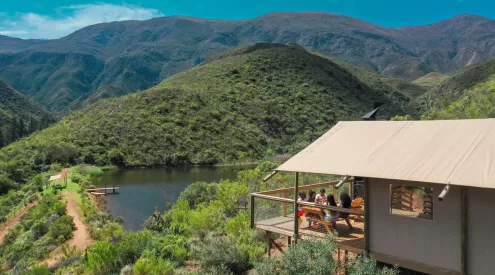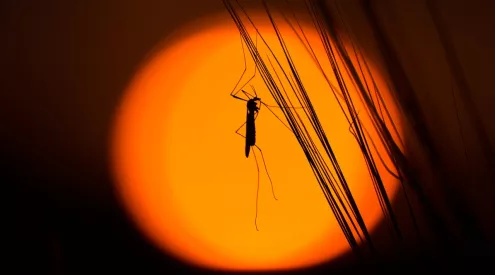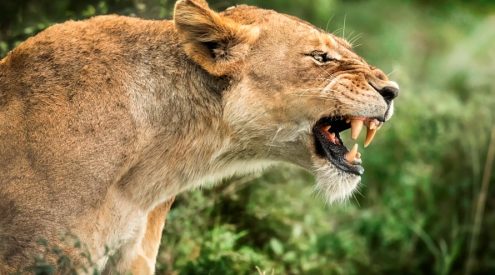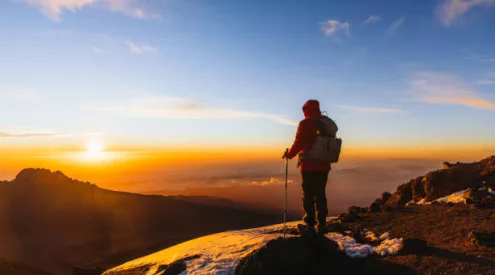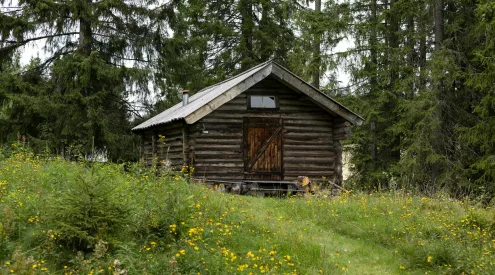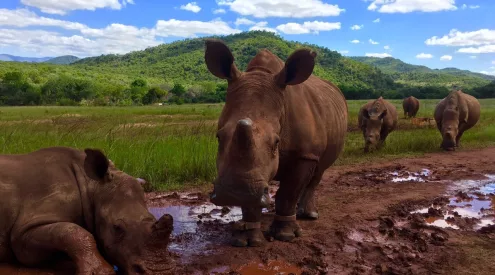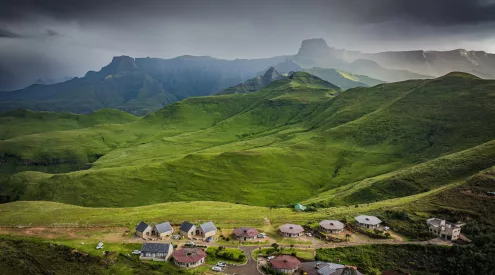When I was in primary school, I recall celebrating Water Year. I remember big floats (one displaying a single, giant drop of water), bands, pancake stands and people lining the streets of my small home town. Even then, quite a few moons ago, the message was clear: save water. As a farming community we understood this concept all too well: drought equalled hungry animals, failed crops and eventually the loss of land. We were fortunate on our farm as we had a permanent spring that culminated in a wetland.
Wetlands are indeed crucial for our existence. River valleys and floodplains have always been the focus of human civilisation and wetlands, in particular, have a host of functions: they purify water, prevent floods, control erosion and ensure water supply during droughts.
Wetlands provide resources in the form of drinking water and land for cultivation which, if done sustainably, is particularly important during drought. They also provide grazing for livestock and plant material such as reeds for construction and craft production.They support a country’s economy as tourism and leisure activities can generate a good income for communities living around a particular wetland.
Unfortunately, humans have destroyed more than 50 per cent of the world’s wetlands. Draining them for crops or housing developments, building dams, overgrazing, planting water-thirsty alien trees too close to their edges, mining and pollution are all culprits. Advanced technological skills may seem to have supplanted nature, but catastrophes such as floods, storms and landslides suggest otherwise. Whether we like it or not, we still depend on our natural environment to sustain us.
One of the most beautiful examples of a wetland system in South Africa is the St Lucia estuarine system in iSimangaliso Wetland Park. This World Heritage Site is something all South Africans can be proud of and is made up of around 328 000 hectares of pristine swamps, lake systems, beaches, coral reefs, wetlands, woodlands and coastal forests. These waters are graced by 20 000 greater flamingos, 40 000 lesser flamingos and thousands of ducks and, with 36 species, the area has the highest diversity of amphibians in South Africa. Here you can also find hippos, crocodiles and sharks sharing the same waters.
It’s almost unthinkable that in 1989 a mining company seeking titanium and other metals sought to bulldoze the dunes along the eastern shore of Lake St Lucia.
Fortunately, in 1996, the government followed the recommendations of an environmental assessment barring mining proposals and began work on an integrated development and land-use strategy. It’s good to know that sometimes, when we speak up and ask the right questions, we can make a difference.
Source: Mondi Wetlands Programme
How you can help our wetlands
Go to www.wetlands.za.net to find out how you can become involved in the rehabilitation of wetlands in your area, or join the newly established South African Wetland Society.

